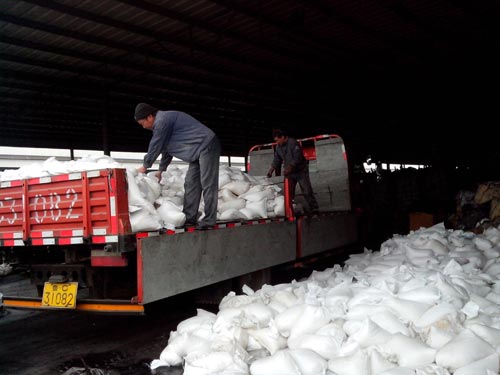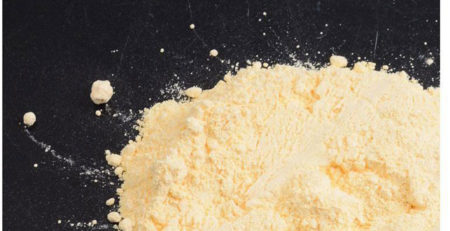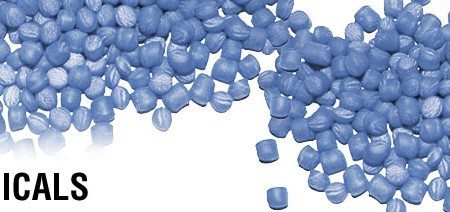Compatibility of rubber additives with polymers
For those who are not engaged in the chemical industry, many aspects of chemistry may be unknown to us. If we do not understand rubber additives and polymers, then we will not know the relationship between them.
Rubber auxiliaries play an important role in the development of industry. In order to improve the quality of manufactured products, many issues must be paid attention to, among which the compatibility of rubber auxiliaries and polymers is one of the influencing factors. The compatibility of rubber additives with polymers is very important. If the compatibility is not good, it will affect the plastic quality.
If the two are incompatible or poorly compatible, rubber additives will precipitate and affect the appearance of plastic products. But not all of them. Some do not need to have good compatibility. For example, the compatibility of lubricants should not be too large, otherwise it will play the role of plasticizer and soften the polymer.
The compatibility of rubber additives with polymers mainly depends on their structural similarity. Introducing longer-chain alkyl groups into antioxidants and light stabilizers can improve their compatibility with polyolefins.
Some incompatible materials, such as some inorganic fillers, do not dissolve in the polymer, so they need to have good dispersibility. The smaller the better, the better they can be dispersed in the polymer, so pay attention to its compatibility with polymers .
Such a relationship is very important in our actual production. Paying more attention to this problem in production can help us better handle and avoid some problems, so that we can more smoothly produce rubber additives.


 Pусский
Pусский
